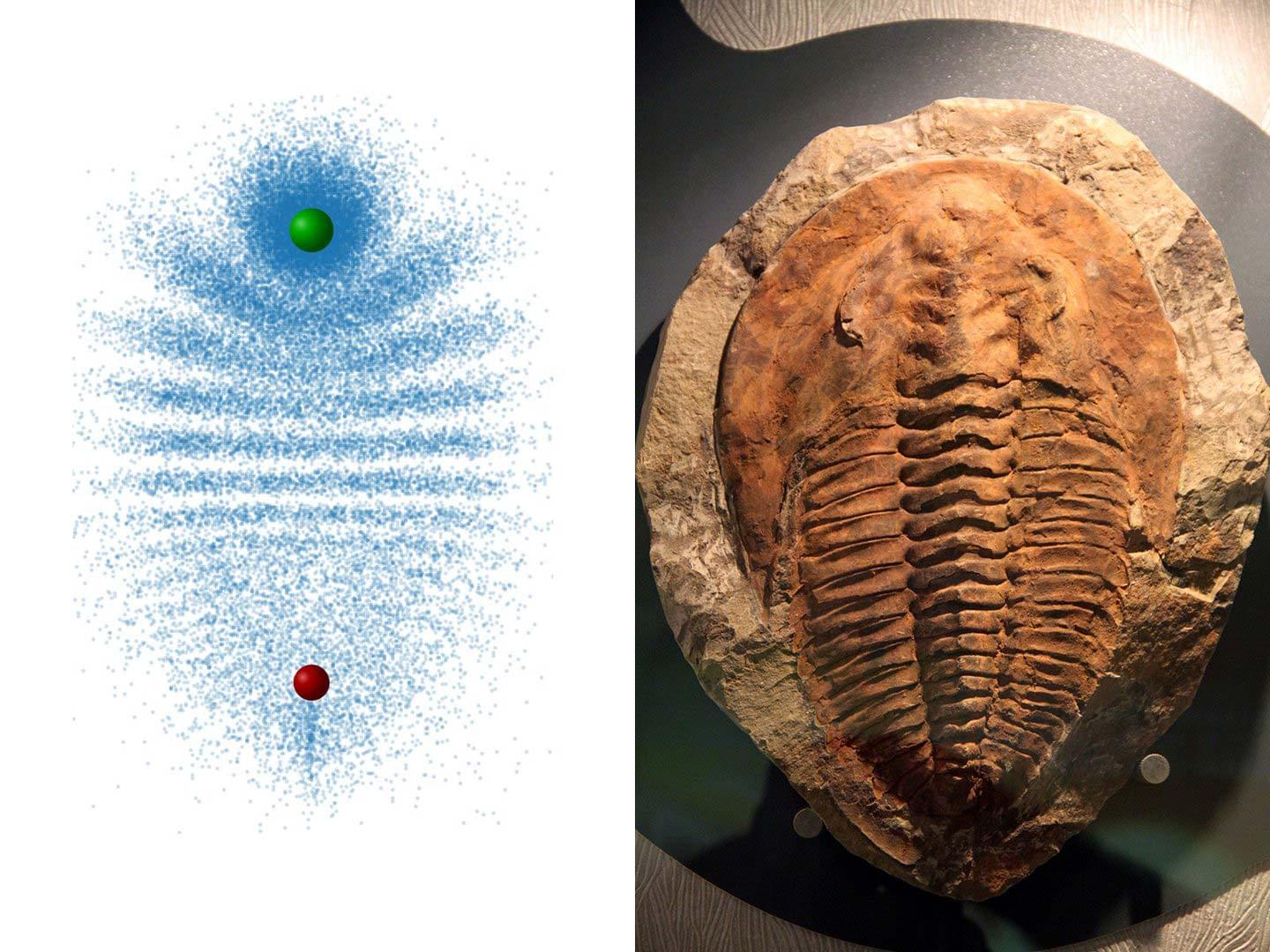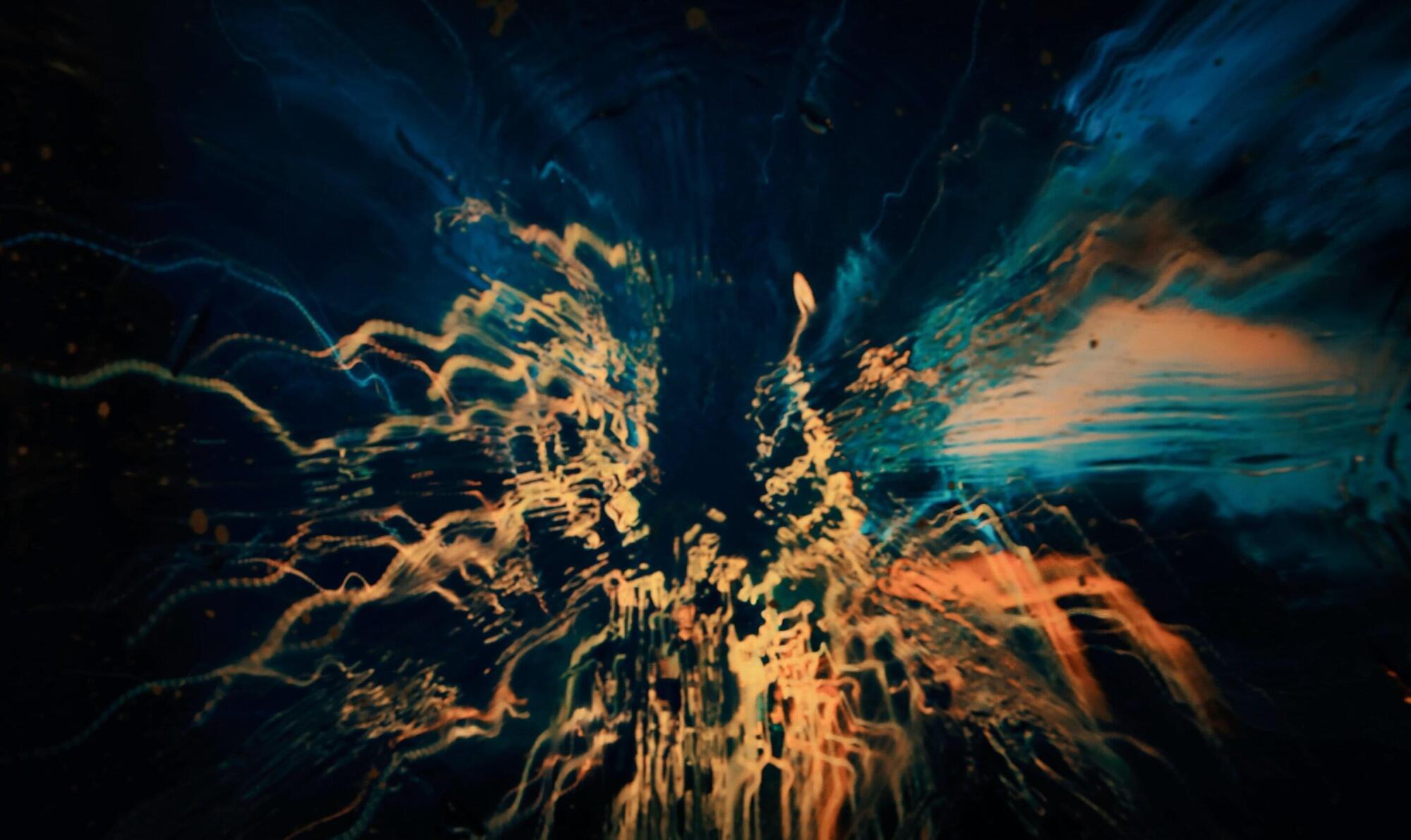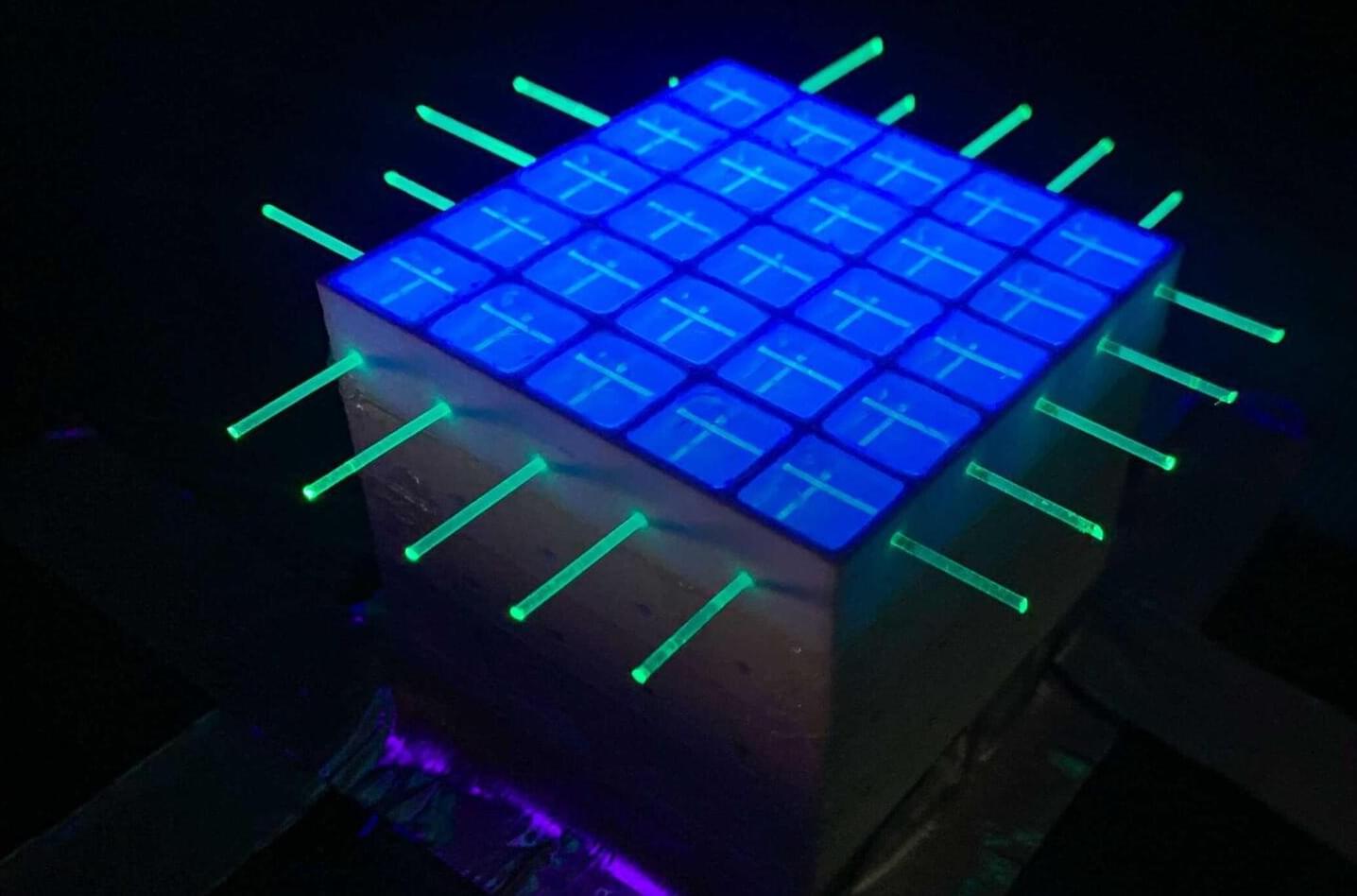A multi-institutional team of physicists and engineers has developed a laser-based radiation detection system that operates from as far away as 10 meters and perhaps farther. Their research is published in the journal Physical Review Applied.
Working with nuclear material, whether in creating weapons or energy, requires monitoring radiation levels to ensure the safety of workers. However, most detectors only allow for testing in close proximity to the source, which means a worker can be in danger of overexposure before they know it has happened. In this new study, the team assigned themselves the goal of developing a new type of system or device that could be used to test from much farther away.
The team started by noting that radiation interacts with molecules in the air around it, resulting in the creation of free electrons, so it should be possible to measure the energy of those electrons using a laser beam. In testing their ideas, they found that firing a laser into irradiated air did lead to molecule collisions, which produced free electrons.





